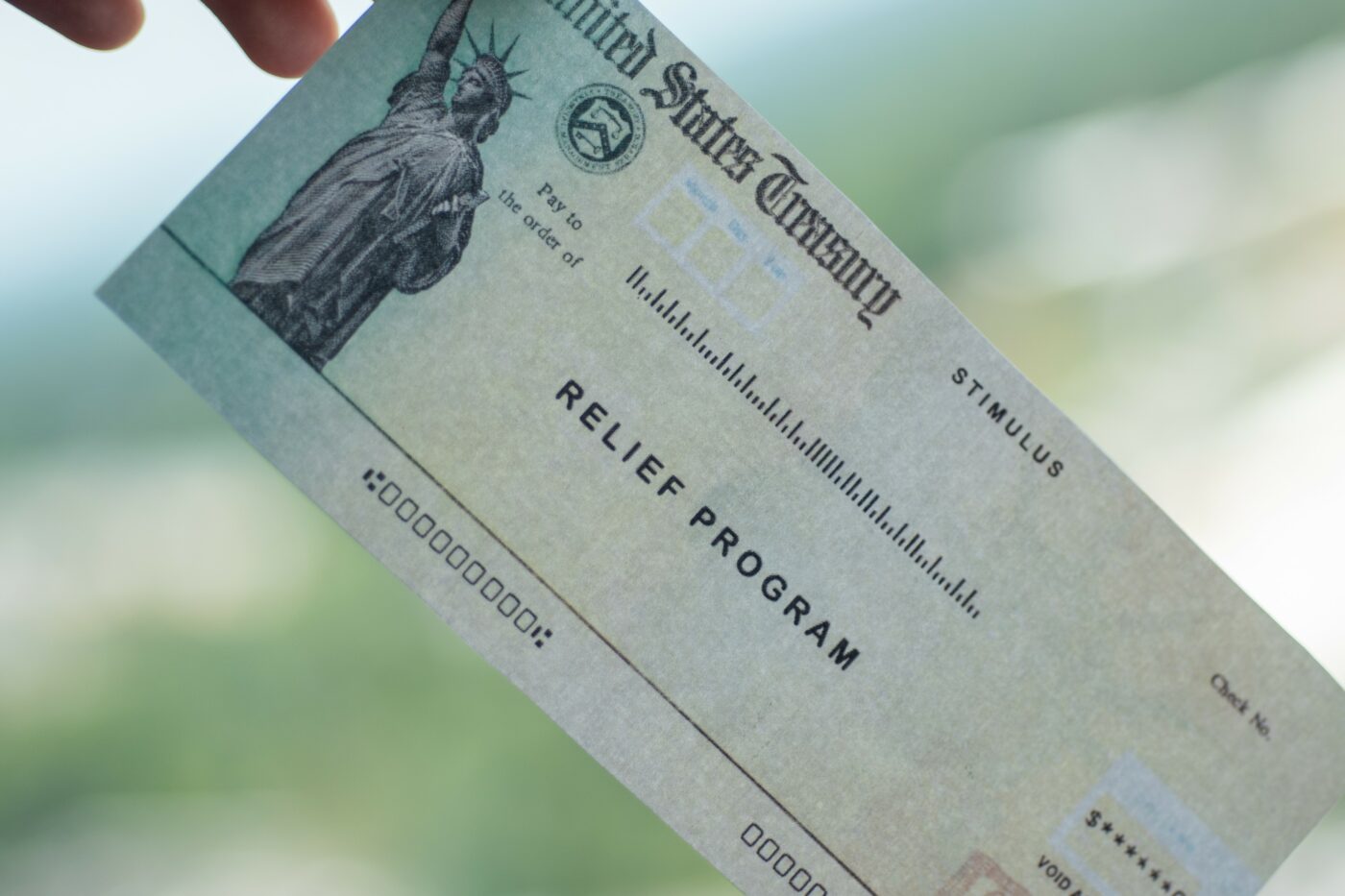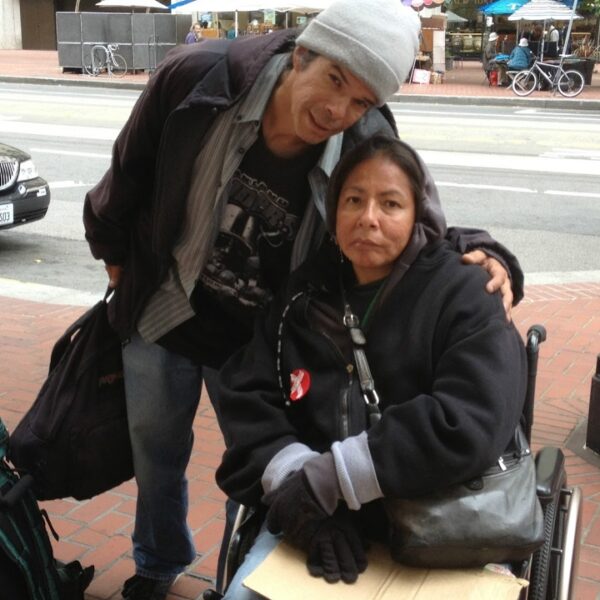It is a sunny, open day in America when children swing on playsets side by side, maskless, their tiny faces creased into visible smiles. It’s a day when movie theaters serve popcorn, and patrons glide past tramcars on the boardwalk.
The international pandemic, now formally referred to as COVID-19, is a bleak page in the not-so-distant past for many. But make no mistake of it. Our collective failure to adequately assess, prevent, and treat the spread of a novel virus has taken a massive toll. It is not just a death toll, although that is sizable. It is also a life toll that threatens to loom for years to come.
Many experts proclaim that in the pandemic aftermath, partly due to the subsequent shutdown of the entire world, we are living through the greatest transfer of wealth, not in our lifetimes but in all of human history. The middle class that never was has withered into nothingness. At the end of the road full of white picket fences sits the desolate but unavoidable intersection of homelessness.
Enter the Coronavirus State and Local Fiscal Recovery Funds (SLFRF)
In response to unfathomable economic devastation, the United States government has drafted into law a $350 billion program that, in theory, could prevent or seriously reduce homelessness nationwide. SLFRF are at the disposal of state, tribal, and local governments to address the following issues:
- General negative economic impact of the pandemic across all industries
- Loss of revenue in the public sector
- Housing and basic needs accessibility
- Premium pay for essential workers and more
Update on the Progress Made by SLFRF Funding
The National Low Income Housing Coalition reports that America’s 55 states, territories, and localities have utilized approximately $13.77 billion of funding to create affordable housing and the prevention of homelessness. Here is a brief overview of that progress.
- California, the state with the highest record for homelessness in the country, has reportedly invested $7.4 billion into its massively failing housing sector. According to Reuters, $1.75 billion of that funding is for preserving and repairing the state’s pre-existing affordable housing units and creating “shovel-ready” new developments
- Washington, Nevada, New Jersey, and the District of Columbia have invested more than $430 million
- 28 states and two localities have invested in fiscal recovery funds
- More than $3.9 billion is for assisting with homeless prevention services such as counseling, legal aid, rental and utility services for vulnerable individuals and families
- 36 jurisdictions have allocated $5.2 billion in SLFRF toward the construction and preservation of affordable homes
- Another $1.3 billion is for the sectors of community development, infrastructure, home repair services, and energy efficiency
- $3.2 billion is for general homeless services, which include but are not limited to:
- permanent supportive housing
- temporary supportive housing
- street outreach campaigns
- rapid rehousing programs
Much More Support is Needed
While this first distribution of SLFRF funding shows promise, much more needs to be done. Funding is required for all of the following:
- Preventing eviction
- Providing homeless services
- Expanding infrastructure
- Addressing wealth and racial inequities
- Supporting non-profit organizations
- Investing in emergency assistance, including shelters, bridge housing, and temporary motel or hotel placement
- Addressing and rectifying the devastating shortage of more than 7 million affordable homes
Solutions Should Prioritize the Leading Causes of Homelessness
Misconceptions about the root causes of homelessness don’t just stir up hatred and ignorance. More immediately, they adversely affect legislation.
Since the current leading causes of homelessness are a lack of affordable housing, unemployment, poverty, and low wages, it is imperative that this funding winds up in the housing, wealth, and employment sectors.
Suppose a vast majority of the population continues to falsely believe that people experiencing homelessness are criminals or derelicts. In that case, government funding could fuel further criminalization, which is only currently exacerbating the crisis.
The Time to Speak to Your Representatives is Right Now
The American Rescue Plan has placed a great deal of money on the table in the name of economic recovery. This funding may be temporary, but smart decisions could mean it gets used to create permanent, long-term solutions to the homeless crisis.
A full two-thirds of Americans are living paycheck to paycheck, one late payment or emergency away from disaster. Almost half of American workers cannot endure the hardships brought about by increased inflation. In fact, many people cannot afford to drive back and forth to work.
We have families weighing the price of rent against other necessities like food, toilet paper, WiFi, and electricity, gambling with their paychecks hanging in the balance. Contact your representatives about how they plan to use this funding better to keep you, your neighbors, your family members, and your friends from joining the nearly 600,000 adults without a home.













